Home>Gardening & Outdoor>Landscaping Ideas>How To Care For Tall Fescue Grass


Landscaping Ideas
How To Care For Tall Fescue Grass
Modified: March 5, 2024
Learn expert tips for caring for tall fescue grass in your landscaping. Discover essential landscaping ideas to keep your lawn healthy and lush.
(Many of the links in this article redirect to a specific reviewed product. Your purchase of these products through affiliate links helps to generate commission for Storables.com, at no extra cost. Learn more)
**
Introduction
**
So, you've decided to transform your yard into a lush, vibrant oasis. One of the best ways to achieve this is by cultivating tall fescue grass. With its fine texture, deep green hue, and ability to thrive in various conditions, tall fescue grass is an excellent choice for homeowners seeking a resilient and visually appealing lawn. However, to ensure its successful growth and maintenance, it's crucial to understand the specific care requirements for this type of grass.
In this comprehensive guide, we will delve into the essential aspects of caring for tall fescue grass, from planting and watering to mowing and pest management. By the end of this article, you will be equipped with the knowledge and confidence to nurture a stunning tall fescue lawn that will be the envy of the neighborhood. Let's embark on this green-fingered journey and unlock the secrets to a thriving tall fescue grass lawn.
Key Takeaways:
- Tall fescue grass is a resilient and low-maintenance option for a lush lawn, thriving in various conditions and requiring deep, infrequent watering for robust growth.
- To care for tall fescue grass, focus on proper soil preparation, watering, and mowing techniques, while remaining vigilant against pests and diseases to maintain its vibrant appearance.
Read more: What Is Tall Fescue Grass
Understanding Tall Fescue Grass
Before diving into the specifics of caring for tall fescue grass, it’s essential to grasp the fundamental characteristics of this resilient plant. Tall fescue grass, scientifically known as Festuca arundinacea, is a cool-season grass species renowned for its adaptability and durability. It features deep green, narrow leaves that form dense, lush turf, creating a visually appealing and inviting landscape.
One of the most notable attributes of tall fescue grass is its ability to thrive in a variety of environmental conditions. Whether your region experiences scorching summers or frigid winters, tall fescue grass demonstrates remarkable resilience, making it an ideal choice for homeowners in diverse climates.
Furthermore, tall fescue grass exhibits impressive drought tolerance, enabling it to withstand periods of limited rainfall without sacrificing its lush appearance. This resilience is attributed to its deep root system, which allows the grass to access moisture deep within the soil, ensuring its survival during dry spells.
Another key feature of tall fescue grass is its adaptability to both sunny and partially shaded areas. While many grass species struggle in low-light conditions, tall fescue excels in environments with limited sun exposure, making it an excellent option for lawns with varying degrees of shade.
Additionally, tall fescue grass is known for its low maintenance requirements, making it an attractive choice for homeowners seeking a beautiful lawn without excessive upkeep. Its ability to withstand foot traffic and recover from minor damage further enhances its appeal as a practical and visually pleasing turf option.
By understanding the inherent resilience, adaptability, and low-maintenance nature of tall fescue grass, you can appreciate the unique qualities that make it an excellent addition to your outdoor space. Armed with this knowledge, you are ready to embark on the journey of cultivating and caring for tall fescue grass with confidence and expertise.
Planting Tall Fescue Grass
When it comes to establishing a thriving tall fescue lawn, proper planting techniques are paramount. Whether you are starting from scratch or overseeding an existing lawn, the following steps will set the stage for healthy and vigorous grass growth.
1. Soil Preparation
Begin by preparing the soil to create an optimal environment for tall fescue grass to take root. Conduct a soil test to assess its pH level and nutrient composition. Ideally, the soil should have a pH between 5.5 and 7.5, providing a slightly acidic to neutral environment conducive to grass growth. Amend the soil as needed, adding organic matter or fertilizer to address any deficiencies and ensure that the soil is well-draining.
2. Seed Selection
Choose high-quality tall fescue grass seed that is well-suited to your specific climate and soil conditions. Consider factors such as drought tolerance, disease resistance, and overall adaptability when selecting the seed variety. Opt for certified seed to guarantee purity and germination rates, increasing the likelihood of a successful lawn establishment.
3. Seeding Technique
For new lawns, evenly distribute the tall fescue seed using a seed spreader, following the recommended seeding rate provided on the seed packaging. Ensure good seed-to-soil contact by lightly raking the area or using a lawn roller to press the seeds into the soil. Water the newly seeded area gently to initiate the germination process, keeping the soil consistently moist until the grass reaches mowing height.
4. Overseeding Existing Lawns
When overseeding an established lawn, mow the existing grass to a shorter height to allow the new seeds to reach the soil. Use a rake to loosen the top layer of soil and remove any thatch, creating a favorable environment for the new seeds to germinate. Apply the tall fescue seed evenly across the lawn, focusing on bare or thin areas that would benefit from additional grass coverage.
By meticulously preparing the soil, selecting premium seed, and employing proper seeding techniques, you can lay the groundwork for a robust and thriving tall fescue lawn. With patience and attentive care, you will soon witness the emergence of a verdant carpet of resilient and visually stunning grass, transforming your outdoor space into a welcoming haven for relaxation and recreation.
Watering and Fertilizing
Proper watering and fertilizing practices are essential for nurturing healthy tall fescue grass and maintaining its vibrant appearance throughout the growing season. By understanding the watering and fertilizing needs of tall fescue, you can promote robust growth and fortify the grass against environmental stressors.
Watering
Establishing a consistent and effective watering routine is crucial for tall fescue grass, especially during periods of limited rainfall. While tall fescue exhibits drought tolerance, it thrives when provided with regular moisture, particularly during the hot summer months. To ensure optimal hydration for your lawn, consider the following watering guidelines:
- Deep, Infrequent Watering: Rather than frequent shallow watering, aim to provide deep irrigation sessions that penetrate the soil and reach the grass’s root zone. This encourages the development of a robust root system, enhancing the grass’s ability to withstand drought conditions.
- Early Morning Watering: Schedule watering sessions in the early morning to minimize water loss due to evaporation and allow the grass foliage to dry before evening, reducing the risk of disease development.
- Monitor Soil Moisture: Regularly assess the soil moisture levels to determine when watering is necessary. Adjust the frequency and duration of watering based on environmental factors, such as temperature and rainfall.
Fertilizing
Applying the right fertilizers at the appropriate times is key to providing tall fescue grass with the essential nutrients it needs to thrive. Consider the following fertilizing practices to support the health and vigor of your lawn:
- Balanced Fertilizer Application: Use a balanced fertilizer with a nitrogen-phosphorus-potassium (N-P-K) ratio tailored to the specific needs of tall fescue grass. Apply fertilizer in the early spring and fall to coincide with the grass’s peak growth periods, promoting lush, healthy turf.
- Slow-Release Fertilizers: Opt for slow-release fertilizers that provide a steady supply of nutrients to the grass over an extended period, promoting consistent growth and minimizing the risk of nutrient leaching.
- Avoid Overfertilization: Exercise caution to avoid overfertilizing, as excessive nitrogen can lead to rapid, weak growth and make the grass more susceptible to diseases and environmental stress.
- Soil Testing: Periodically conduct soil tests to assess nutrient levels and pH, allowing you to adjust your fertilization approach based on the grass’s specific requirements and the soil’s characteristics.
By adhering to proper watering and fertilizing practices, you can fortify your tall fescue lawn against environmental challenges and nurture a luxuriant, resilient expanse of grass. These foundational care strategies will contribute to the long-term health and beauty of your lawn, providing a verdant backdrop for outdoor enjoyment and relaxation.
Water tall fescue grass deeply and infrequently, about 1-1.5 inches per week, to encourage deep root growth and drought tolerance.
Mowing and Maintenance
Effective mowing and maintenance practices play a pivotal role in preserving the health, appearance, and resilience of tall fescue grass. By adopting proper mowing techniques and implementing routine maintenance tasks, you can promote vigorous growth and cultivate an immaculate lawn that serves as a captivating centerpiece of your outdoor landscape.
Mowing Guidelines
When it comes to mowing tall fescue grass, adhering to the following guidelines will contribute to the grass’s overall well-being and aesthetic appeal:
- Optimal Mowing Height: Set your mower blade to maintain a mowing height of 2.5 to 3.5 inches for tall fescue grass. This height range allows the grass to develop strong roots, retain moisture more effectively, and exhibit enhanced tolerance to environmental stressors.
- Mowing Frequency: During the peak growing season, mow the grass regularly, ensuring that no more than one-third of the grass blade’s length is removed in a single mowing session. This approach prevents stress on the grass and promotes a healthy, well-manicured appearance.
- Sharp Blades: Keep your mower blades sharp to achieve clean, precise cuts that minimize the risk of grass damage and susceptibility to diseases. Dull blades can tear the grass, leading to ragged edges and increased moisture loss.
- Grass Clippings: Consider leaving grass clippings on the lawn after mowing, as they can decompose and return valuable nutrients to the soil, contributing to the grass’s overall health and reducing the need for additional fertilization.
Maintenance Practices
In addition to mowing, implementing routine maintenance practices is essential for sustaining the vitality and visual allure of tall fescue grass. Consider the following maintenance tasks to support the long-term health of your lawn:
- Aeration: Periodically aerate the soil to alleviate compaction and facilitate the movement of air, water, and nutrients to the grass’s root zone. Aeration promotes robust root growth and enhances the grass’s ability to absorb essential resources from the soil.
- Weed Control: Stay vigilant against weeds and implement effective weed control measures to prevent invasive species from encroaching on your tall fescue lawn. Regularly inspect the grass for signs of weeds and address them promptly to maintain a pristine turf.
- Dethatching: If thatch, a layer of dead organic matter, accumulates on the soil surface, consider dethatching to prevent it from impeding water and nutrient absorption. Dethatching promotes a healthy growing environment for the grass and reduces the risk of disease development.
- Overseeding: Periodically overseed your tall fescue lawn to replenish thin or bare areas, promoting dense, uniform grass coverage and rejuvenating the overall appearance of the turf.
By embracing proper mowing techniques and integrating essential maintenance practices into your lawn care regimen, you can uphold the vitality and beauty of your tall fescue grass. These proactive measures will contribute to the creation of an inviting and resilient lawn that serves as a captivating focal point of your outdoor sanctuary.
Read more: When To Plant Tall Fescue Grass
Dealing with Pests and Diseases
While tall fescue grass is known for its resilience, it is not impervious to the threats posed by pests and diseases. Vigilance and proactive management strategies are essential for safeguarding your lawn against potential infestations and infections. By familiarizing yourself with common pests and diseases that affect tall fescue grass and implementing targeted control measures, you can preserve the health and vibrancy of your lawn.
Common Pests
Several pests pose potential risks to tall fescue grass, including but not limited to grubs, armyworms, and billbugs. These pests can cause visible damage to the grass, manifesting as brown patches, thinning turf, and irregular feeding patterns. To mitigate the impact of these pests, consider the following pest management strategies:
- Regular Inspection: Routinely inspect your lawn for signs of pest activity, such as wilting grass, chewed blades, or unusual surface patterns. Early detection allows for prompt intervention and minimizes the extent of damage.
- Integrated Pest Management (IPM): Embrace an integrated approach to pest control, incorporating techniques such as biological controls, cultural practices, and targeted pesticide applications when necessary. IPM emphasizes sustainable and environmentally conscious pest management strategies.
- Natural Predators: Encourage the presence of natural predators, such as beneficial insects and birds, that feed on common lawn pests. Creating a diverse and balanced ecosystem in your yard can help naturally regulate pest populations.
Common Diseases
Tall fescue grass is susceptible to certain diseases, including brown patch, dollar spot, and rust, which can compromise the grass’s health and appearance. To address potential disease issues, consider the following disease management approaches:
- Proper Watering: Avoid overwatering, as excessive moisture can create favorable conditions for disease development. Implement a watering schedule that promotes healthy grass growth while minimizing the risk of fungal infections.
- Adequate Air Circulation: Ensure proper air circulation within the lawn to reduce humidity levels and inhibit the proliferation of fungal pathogens. Prune overhanging branches and thin out dense vegetation to promote airflow and sunlight exposure.
- Fungicide Applications: In cases where disease outbreaks occur, consider targeted fungicide applications to mitigate the spread of pathogens and protect the grass from further damage. Consult with a professional to identify the most suitable fungicide products and application methods.
By remaining attentive to potential pest and disease threats, implementing proactive monitoring and management strategies, and seeking professional guidance when necessary, you can fortify your tall fescue lawn against the detrimental effects of pests and diseases. This proactive approach will contribute to the sustained health and beauty of your lawn, ensuring that it remains a resilient and captivating feature of your outdoor environment.
Winter Care
As the seasons transition and the arrival of winter looms on the horizon, it is essential to prepare your tall fescue lawn for the challenges posed by cold temperatures, frost, and potential snowfall. By implementing targeted winter care practices, you can safeguard the health and resilience of your grass, ensuring that it emerges from the winter months in optimal condition.
Mowing and Maintenance
Prior to the onset of winter, adjust your mowing routine to gradually lower the mowing height of the grass. Gradually reducing the grass height to around 2 inches helps prevent excessive thatch buildup and minimizes the risk of snow mold, a common fungal disease that can affect grass during the winter months. Additionally, continue to address maintenance tasks such as aeration and dethatching to promote a healthy growing environment for the grass as it prepares for winter dormancy.
Fertilization
Applying a late-fall or early-winter fertilizer to your tall fescue lawn provides the grass with essential nutrients that support its resilience during the colder months. Opt for a slow-release fertilizer with a balanced N-P-K ratio to ensure a steady supply of nutrients that fortify the grass against winter stressors. This strategic fertilization approach contributes to the grass’s ability to withstand the challenges of winter and emerge vigorously once the spring thaw arrives.
Minimizing Traffic
As winter approaches, minimize foot traffic on the lawn to prevent compaction of the soil, which can impede the grass’s ability to access air, water, and nutrients. Restricting activity on the lawn helps preserve its integrity and minimizes the risk of damage that can compromise its health during the winter dormancy period.
Snow Management
In regions where snowfall is prevalent, take proactive measures to manage snow accumulation on your tall fescue lawn. Avoid piling snow excessively on the grass, as this can lead to compaction and create an environment conducive to snow mold development. Additionally, refrain from using salt-based de-icing products on the lawn, as these can have detrimental effects on the grass and soil health.
Monitoring and Readiness
Throughout the winter months, periodically inspect your lawn for signs of stress or damage, such as snow mold, ice encasement, or rodent activity. Remain vigilant and address any issues promptly to mitigate their impact on the grass’s health. As the winter season draws to a close, prepare for the transition to spring by assessing the lawn’s condition and planning for the necessary care and maintenance tasks to revive its vitality.
By implementing targeted winter care practices tailored to the specific needs of tall fescue grass, you can fortify your lawn against the challenges of the winter season and lay the groundwork for its rejuvenation as spring approaches. This proactive approach ensures that your tall fescue lawn emerges from winter dormancy with vigor and resilience, ready to flourish in the warmer months ahead.
Conclusion
Caring for tall fescue grass is a rewarding endeavor that yields a lush, resilient lawn capable of enhancing the beauty and functionality of your outdoor space. By gaining a comprehensive understanding of the unique characteristics and care requirements of tall fescue grass, you are equipped to nurture a vibrant and enduring lawn that serves as a captivating centerpiece of your landscape.
From the initial stages of soil preparation and planting to the ongoing tasks of watering, fertilizing, mowing, and pest management, each aspect of tall fescue lawn care plays a crucial role in sustaining its health and visual allure. By embracing best practices and remaining attentive to the evolving needs of your grass, you can cultivate an inviting and resilient outdoor environment that provides a welcoming backdrop for leisure, recreation, and relaxation.
As you embark on the journey of tending to your tall fescue lawn, remember that patience, consistency, and a proactive mindset are key ingredients for success. Embrace the seasonal rhythms of lawn care, adapting your approach to align with the changing needs of your grass and the evolving environmental conditions. Through attentive observation and a genuine passion for nurturing natural beauty, you will witness the transformation of your outdoor space into a flourishing haven of greenery and vitality.
Ultimately, the care and attention you invest in your tall fescue lawn will be rewarded with a landscape that reflects your dedication and horticultural prowess. Whether you seek a verdant setting for outdoor gatherings, a resilient play area for children and pets, or simply a serene retreat for personal rejuvenation, your well-tended tall fescue lawn will stand as a testament to your commitment to creating a harmonious and inviting outdoor sanctuary.
So, as you continue on this green-fingered journey, may your tall fescue lawn flourish and thrive, enriching your life and the lives of those who revel in the natural splendor it bestows. With each blade of grass, may you find inspiration and tranquility, knowing that your efforts have contributed to the creation of a vibrant and enduring landscape that brings joy and respite to all who encounter it.
Frequently Asked Questions about How To Care For Tall Fescue Grass
Was this page helpful?
At Storables.com, we guarantee accurate and reliable information. Our content, validated by Expert Board Contributors, is crafted following stringent Editorial Policies. We're committed to providing you with well-researched, expert-backed insights for all your informational needs.
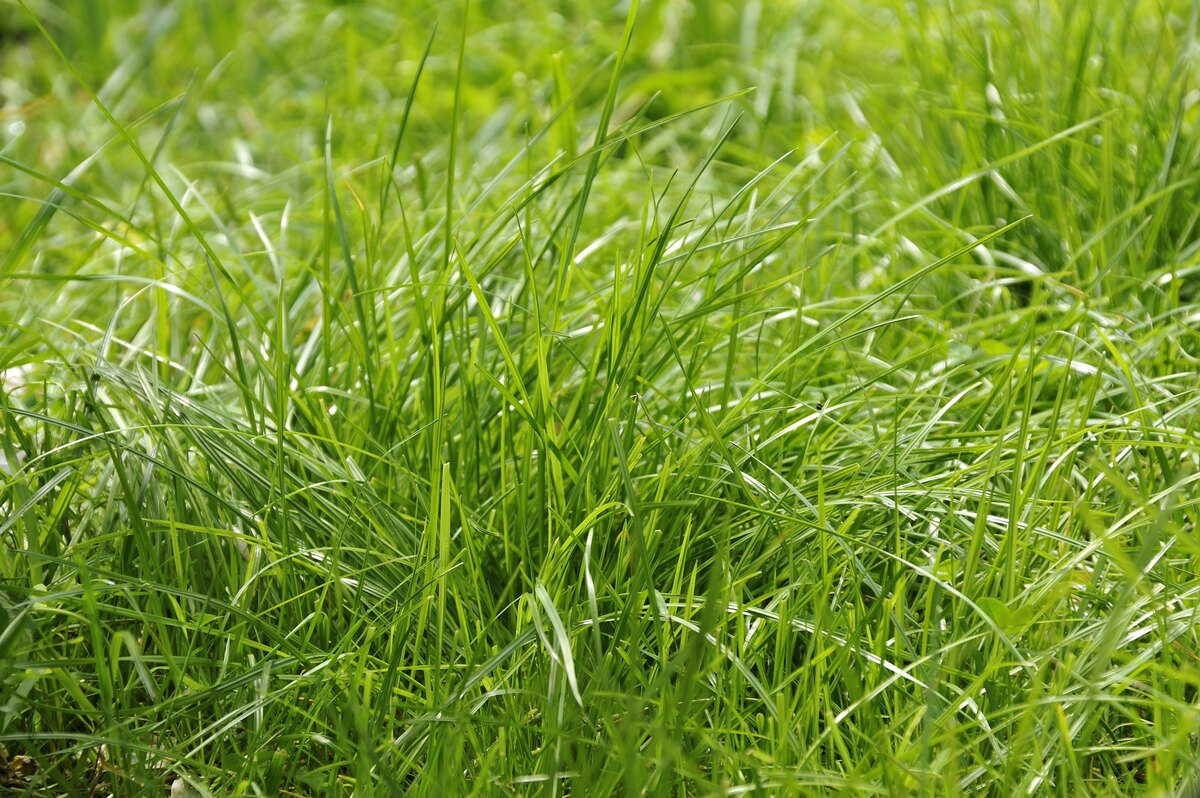
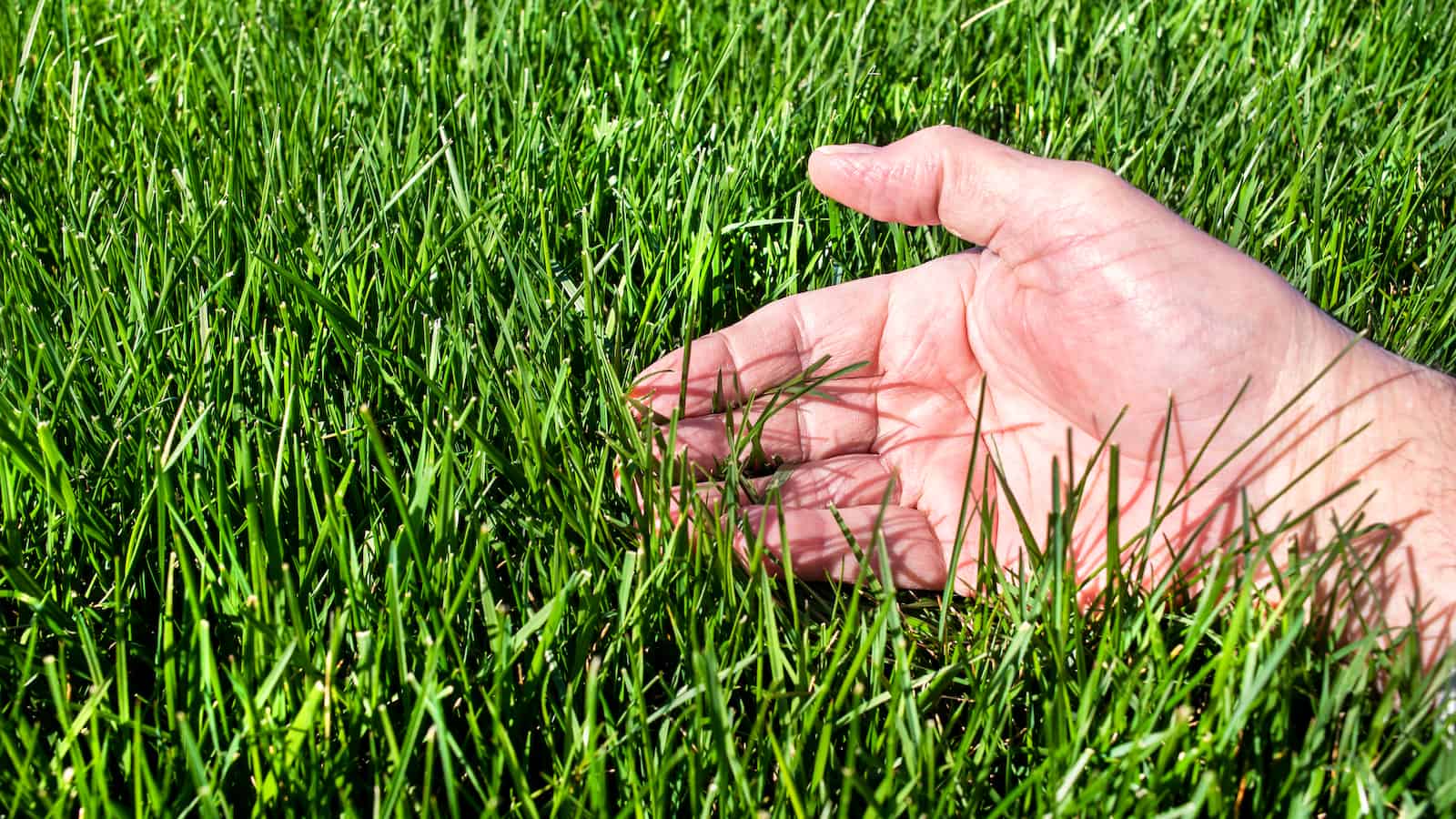
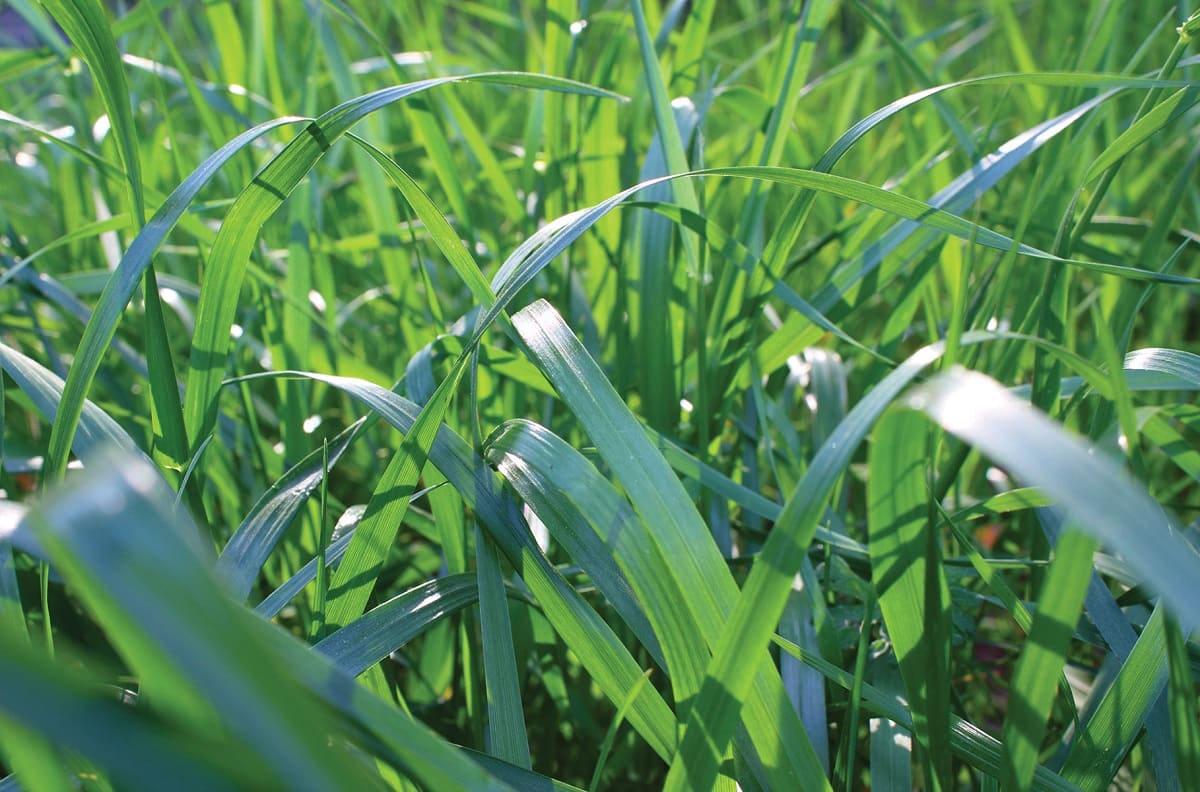
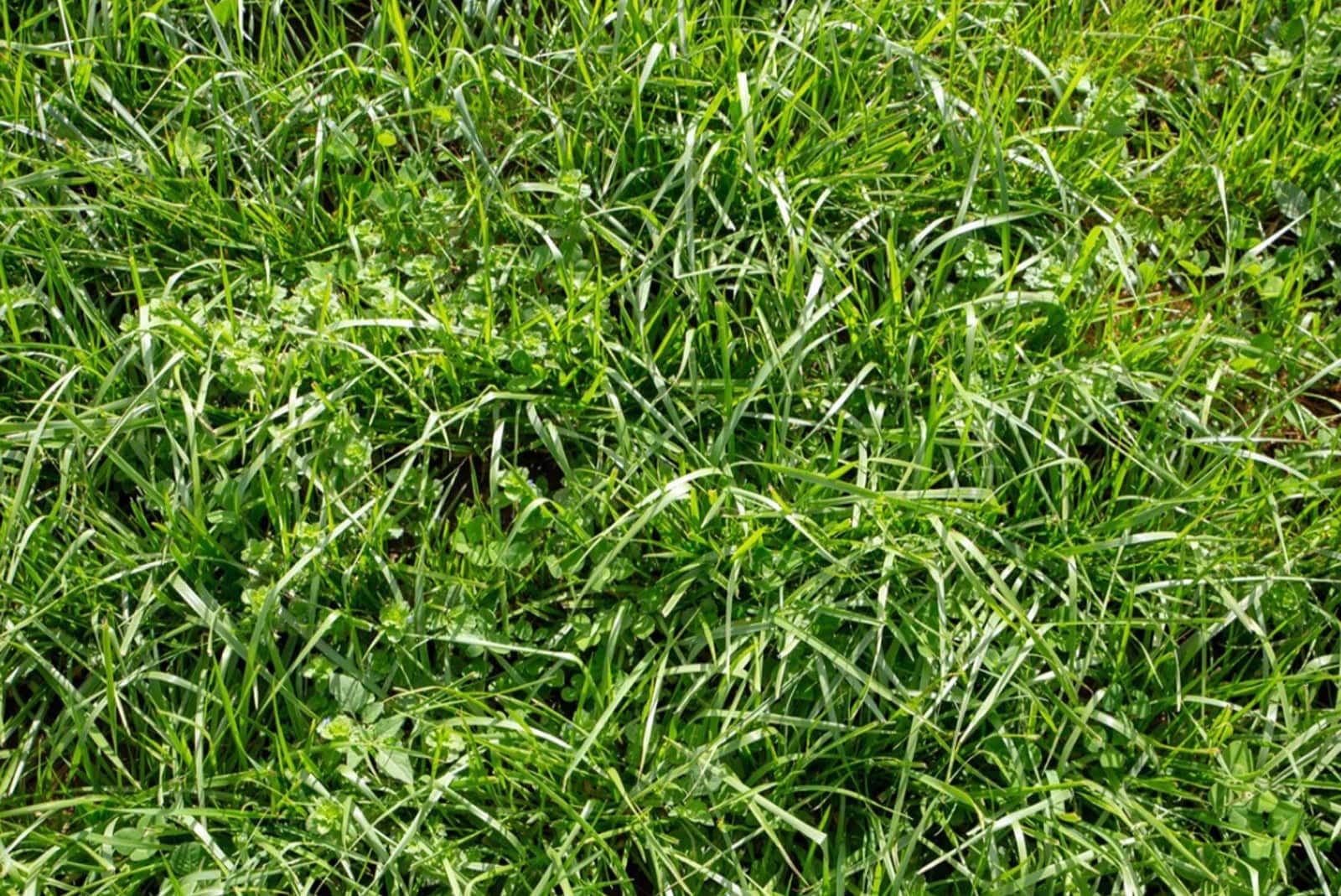
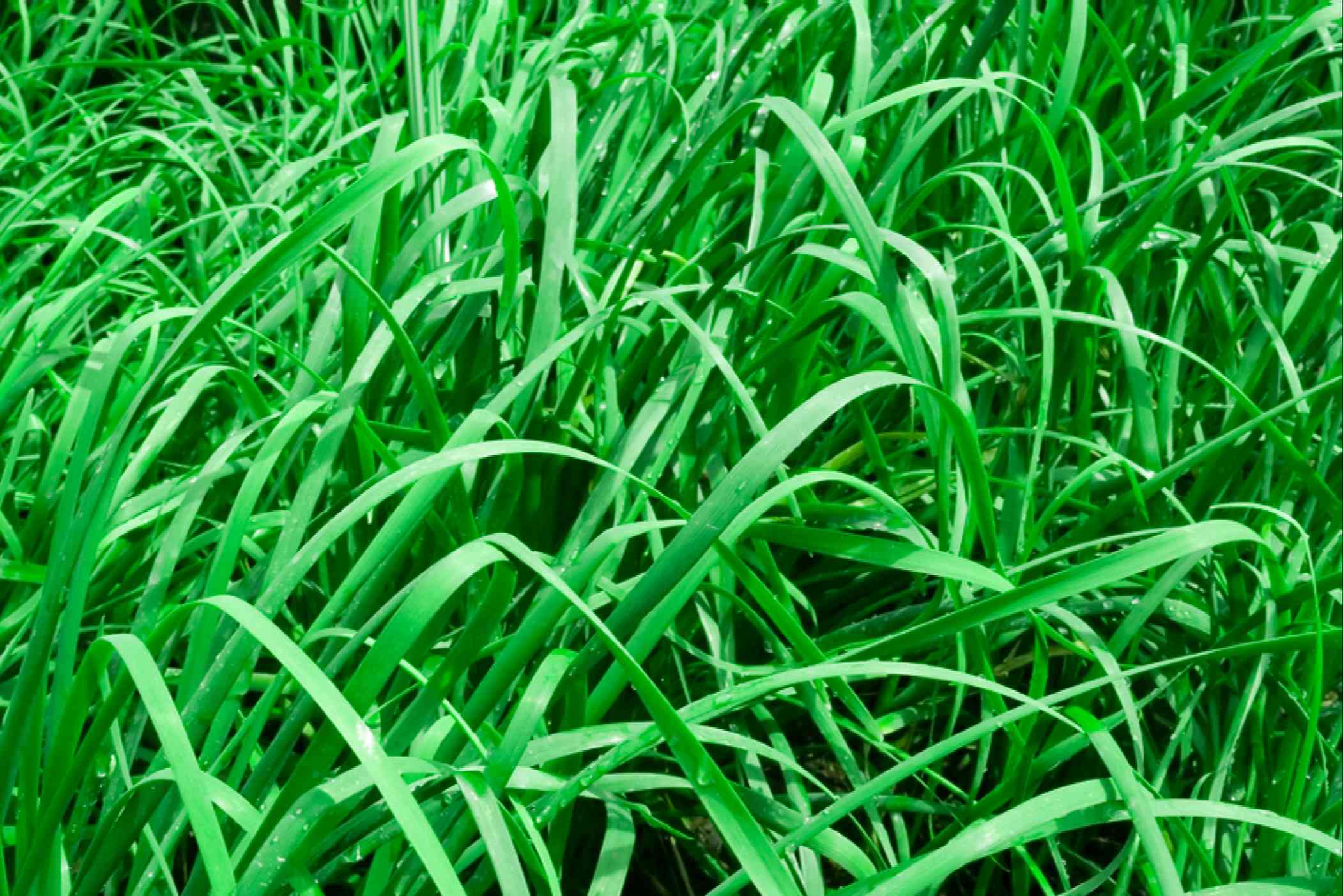
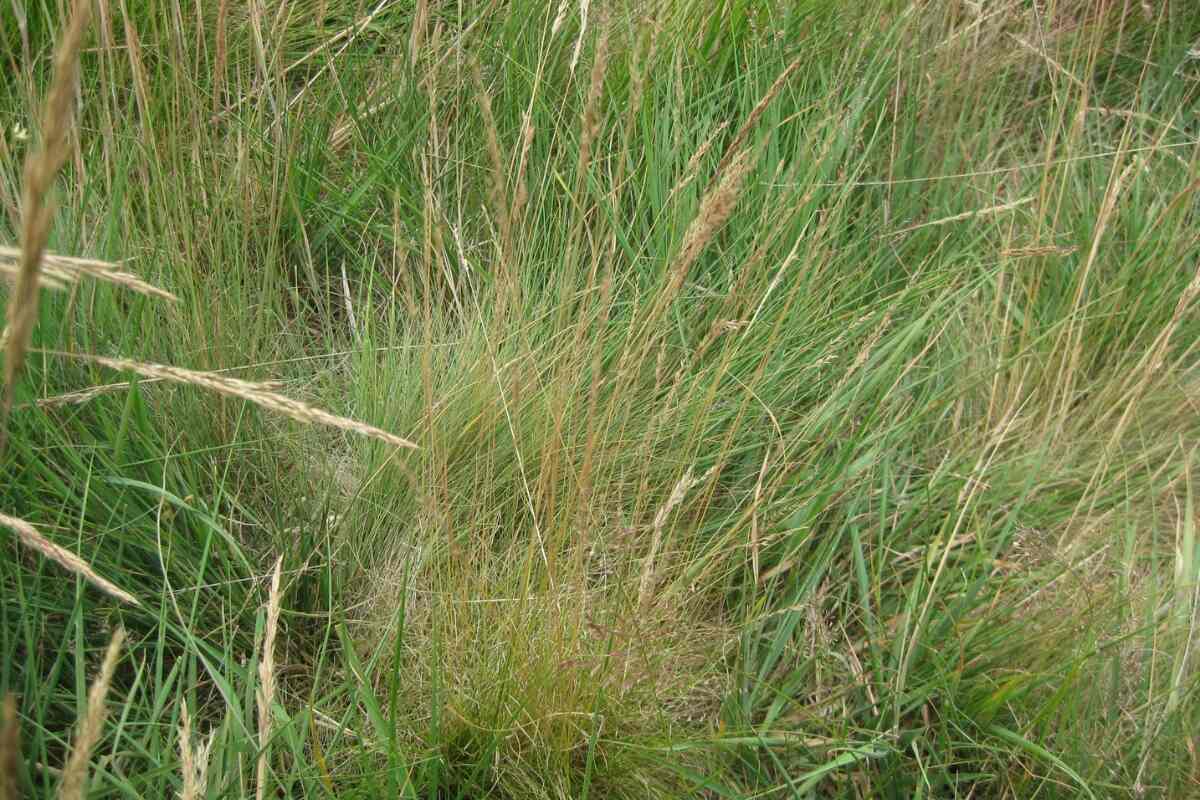
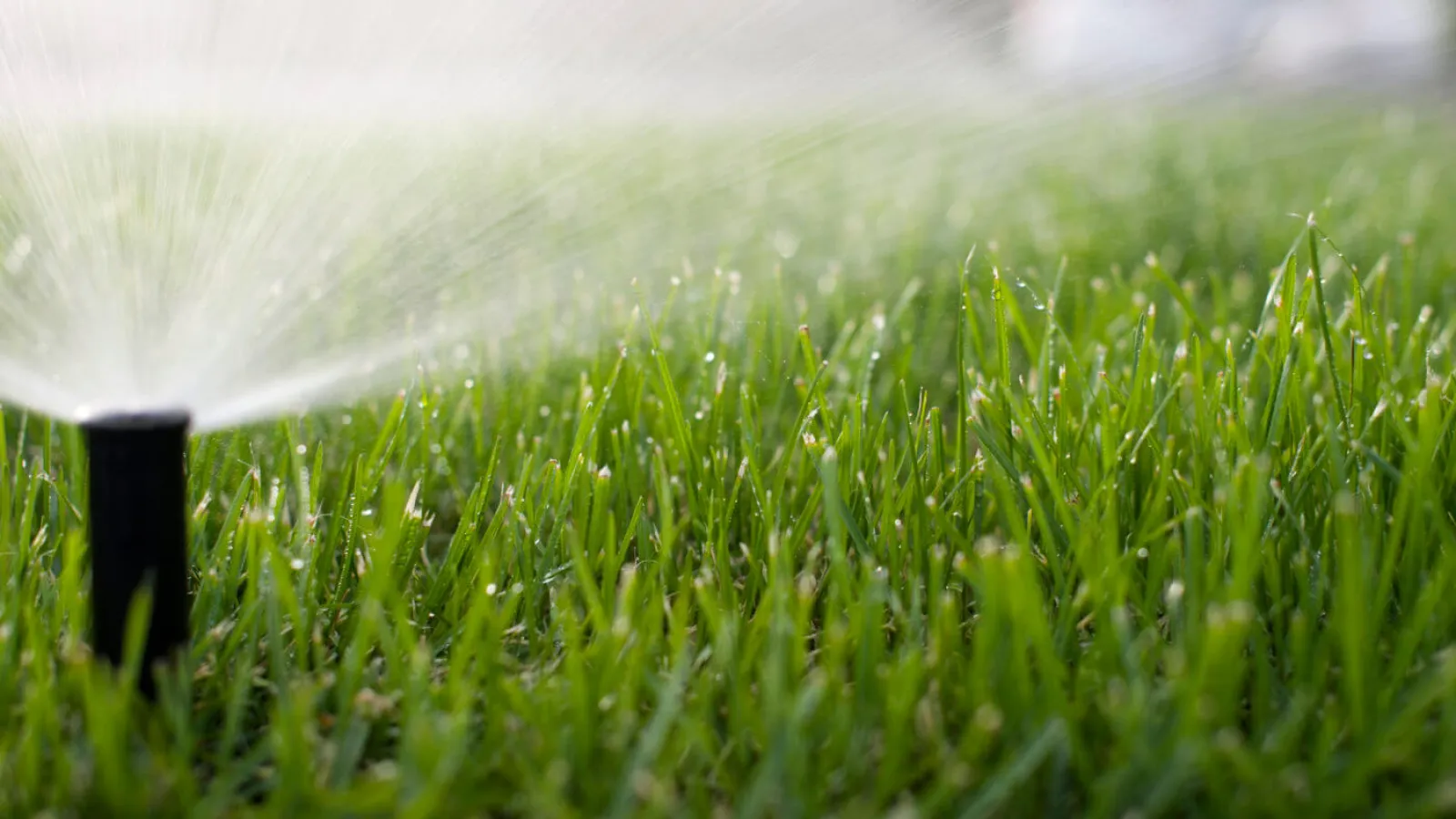
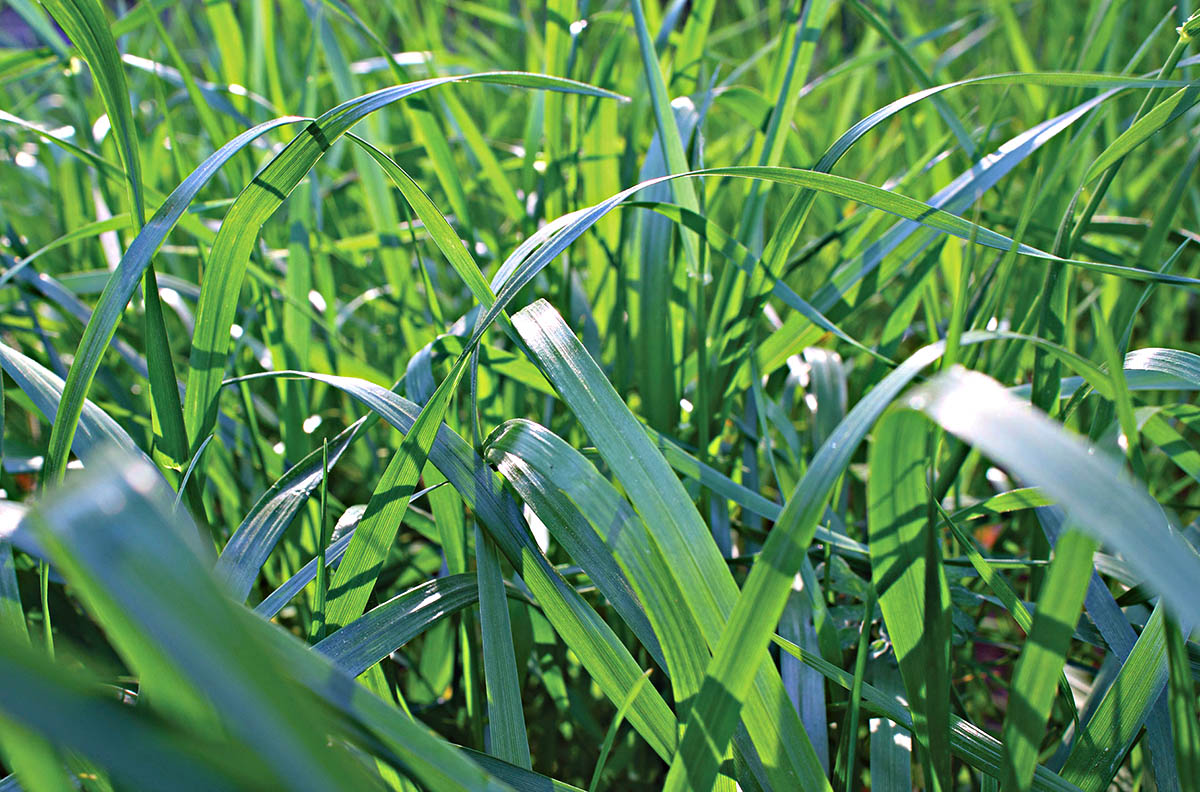

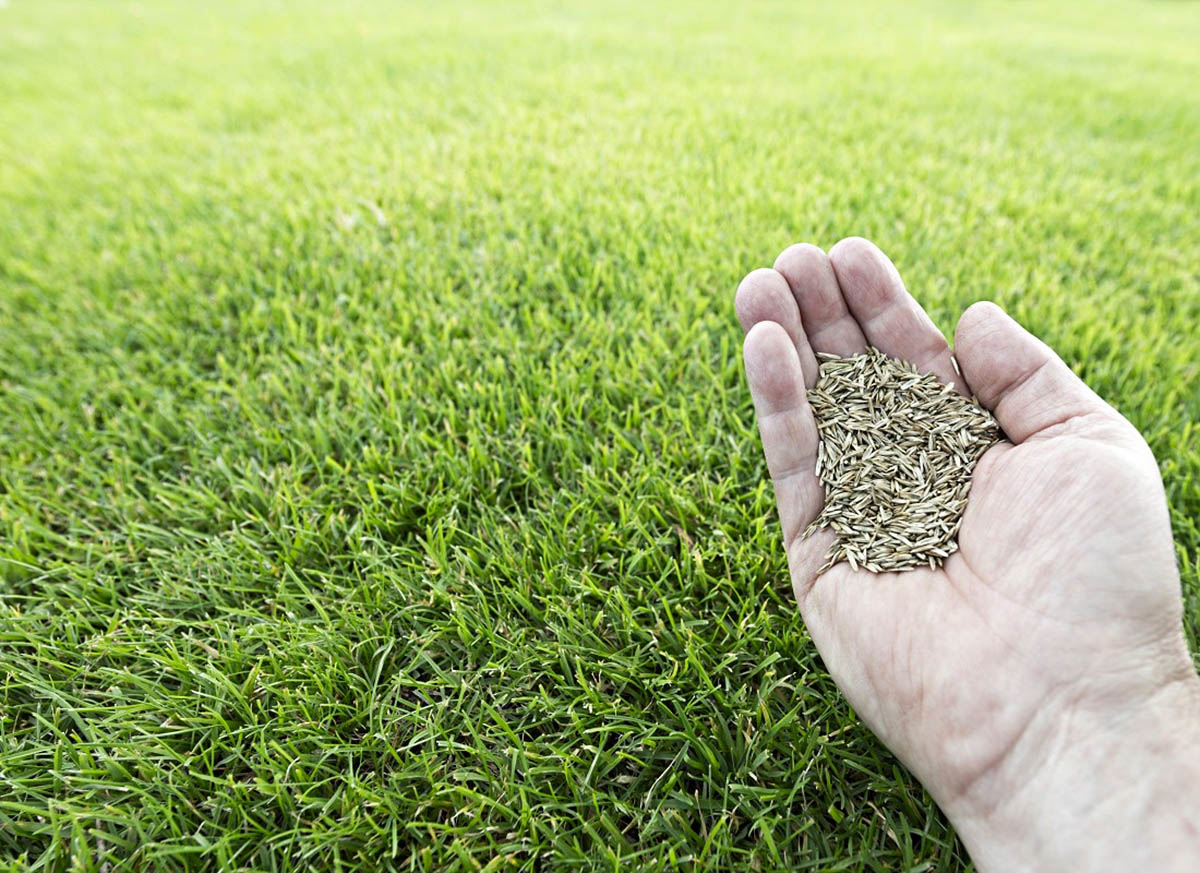
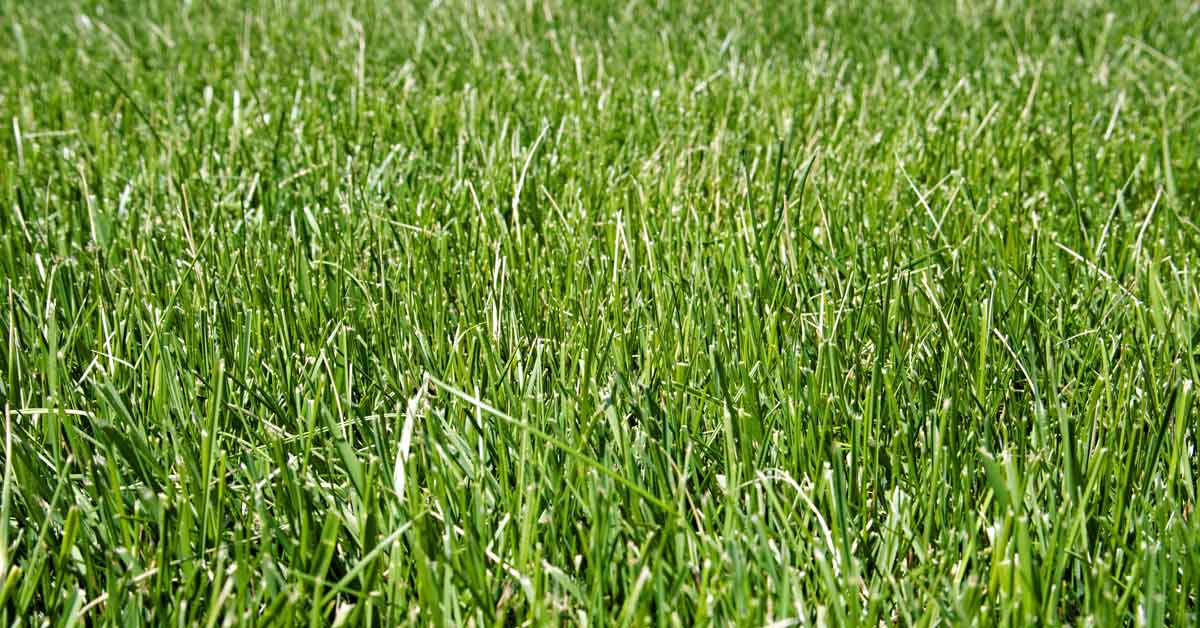
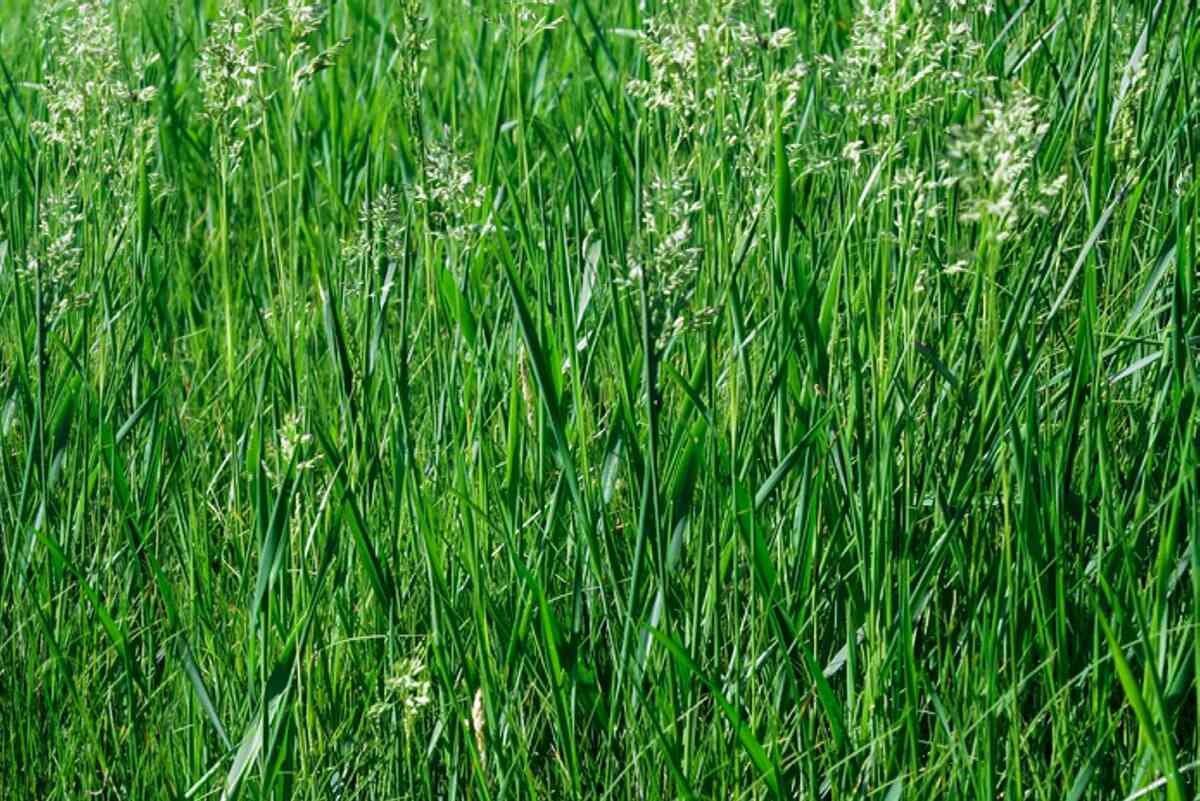

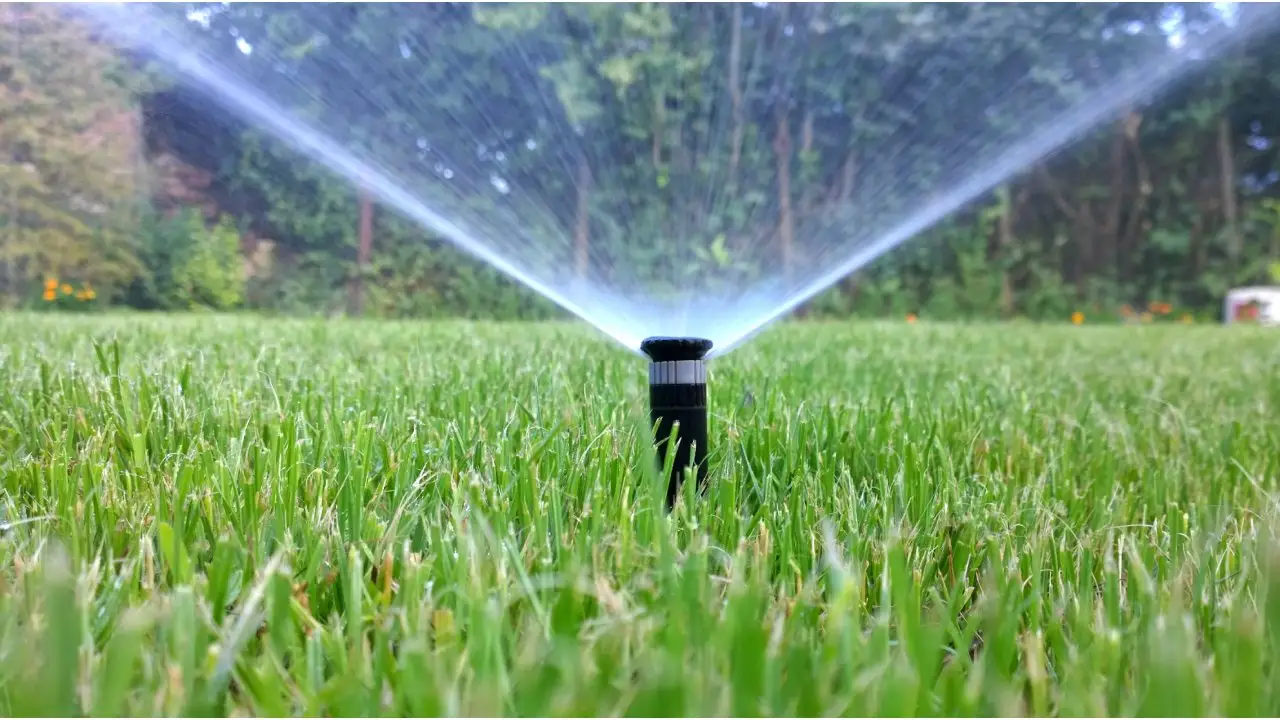

0 thoughts on “How To Care For Tall Fescue Grass”